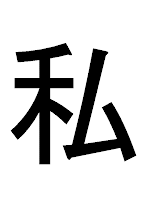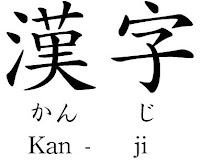While Halloween is gaining popularity in Japan, trick-or-treating isn't terribly common yet. Although this post from Japan-Guide is rather old (it's from 2004), I found it interesting:
"I think the U.S. is about the only country that is so big in Trick or Treating, if that's what you're asking.
But the existance of this custom is now quite well-known in Japan, except that as mentioned, not many people actually do it.
Halloween in Japan has more young adults enjoying costume parties than kids knocking on doors. Rarely, some expat districts have Trick or Treating events though, and in recent years, the orange color pumkins have become more available at a lot of markets.
Since I moved out of our apartment building and in to our house last year, I've been putting Jack-o-Lanterns outside our door with a notice saying that people are welcome to come for candy on the evening of Oct. 31.
Last year, the girl accross the street brought a bunch of 10 year olds. They all were in their normal clothes, but one of them said, "Hey, I might wear a costume next year." This year so far, I had a Cinderella, two Scary Movie boys, and the girl accross the street acompanied by her big brother. No one has yet yelled "Trick or Treat" though.
Right now it's 5:30pm on the 31st here in Japan. Let's see how many more I'll get. Oh, I just had a pumpkin mask and an animal ring my door!"
— by Uco
I think that post leaves little for me to say about Halloween in Japan, except to repeat that it is certainly becoming more popular year-by-year. So, with that out of the way, let's look at something somewhat related to the topic at hand: Japanese candy.
From green tea Kit-Kat bars to lemon-milk flavored sticks, Japan definitely has a unique (but not altogether bad) taste when it comes to confectioneries. But, rather than ramble on and pretend to be an expert on the subject (read: because I don't know what I'm talking about, and I wish I were in bed right now), how about I just show you. To see more, visit KidCrave, which is where I got these images:
First image retrieved from AsianOffbeat.
All subsequent images retrieved from KidCrave.

















